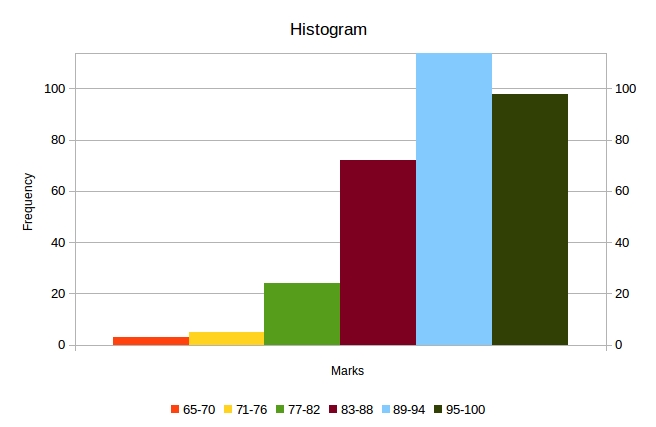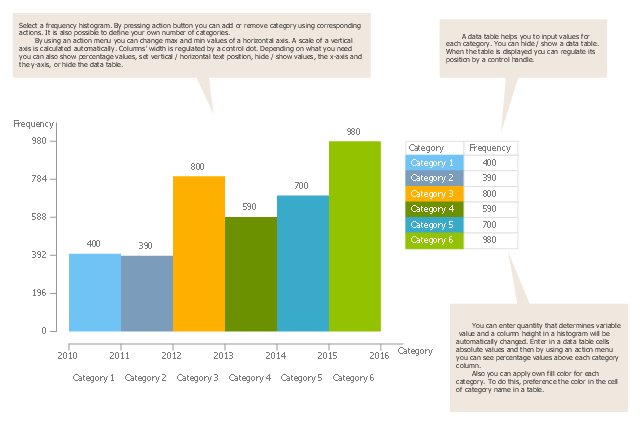
You can always ask an expert in the Excel Tech Community or get support in the Answers community. The output of the histogram analysis is displayed on a new worksheet (or in a new workbook) and shows a histogram table and a column chart that reflects the data in the histogram table. If you omit the bin range, Excel creates a set of evenly distributed bins between the minimum and maximum values of the input data. A data point is included in a particular bin if the number is greater than the lowest bound and equal to or less than the greatest bound for the data bin. When you use the Histogram tool, Excel counts the number of data points in each data bin. Input data This is the data that you want to analyze by using the Histogram tool.īin numbers These numbers represent the intervals that you want the Histogram tool to use for measuring the input data in the data analysis.

These columns must contain the following data: You must organize the data in two columns on the worksheet. To create a histogram in Excel, you provide two types of data - the data that you want to analyze, and the bin numbers that represent the intervals by which you want to measure the frequency. If you used column labels on the worksheet, you can include them in the cell references. In the Bin Range box, enter the cell reference for the range that has the bin numbers. In the Input Range box, enter the cell reference for the data range that has the input numbers. If you don't enter any bin numbers, the Histogram tool will create evenly distributed bin intervals by using the minimum and maximum values in the input range as start and end points. It’s a good idea to use your own bin numbers because they may be more useful for your analysis. In the next column, type the bin numbers in ascending order, adding a label in the first cell if you want. The Histogram tool won’t work with qualitative numeric data, like identification numbers entered as text. On a worksheet, type the input data in one column, adding a label in the first cell if you want.īe sure to use quantitative numeric data, like item amounts or test scores. For results, connect the Quick Graph component into 'A'. The component will then create a number of columns divided equally between the smallest and biggest data item. Enter the list of numbers into 'data' and the number of columns for your histogram into 'divs'. For more information, see Load the Analysis ToolPak in Excel. Convert a list of numbers into a histogram.
#Histogram maker 2015 full#
#Histogram maker 2015 series#
So far I have created a dataframe with the list of dates I want to bin, data$t2, and a series of columns which (I assume!) I'll need to create my x-labels: library(lubridate)


, with the range limited to the 'minimimum' and 'maximum' (earliest and latest) dates in the list. I'd like each of the binned weeks to have a label in the format of e.g. how many of the dates fall within each consecutive week.) I'm trying to produce a plot of one of the lists, dates$t2, binned into weeks. I have a dataframe, dates, which contains lists of dates.


 0 kommentar(er)
0 kommentar(er)
